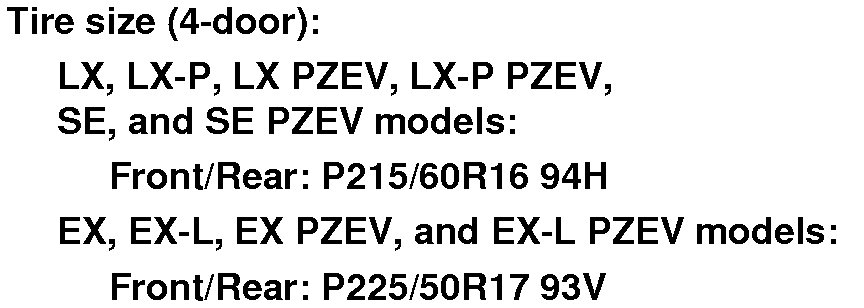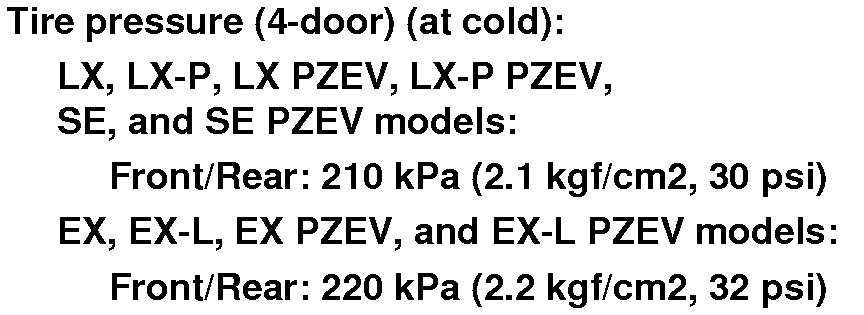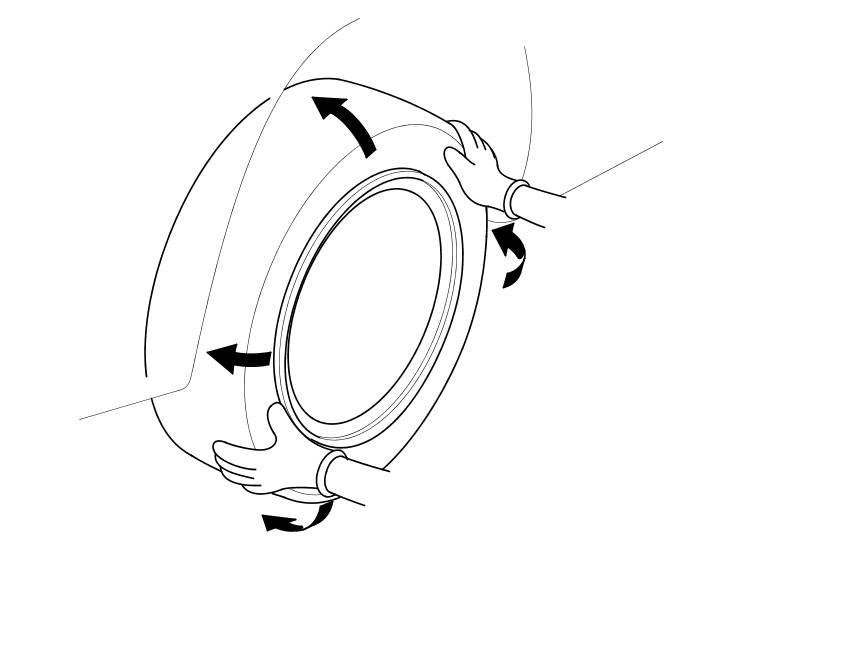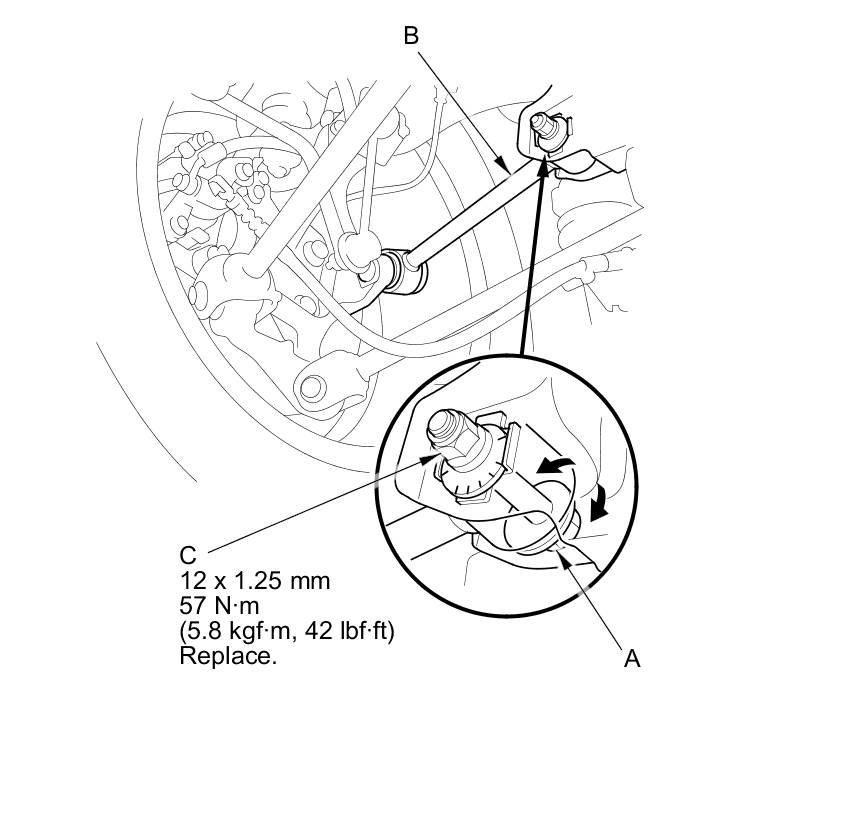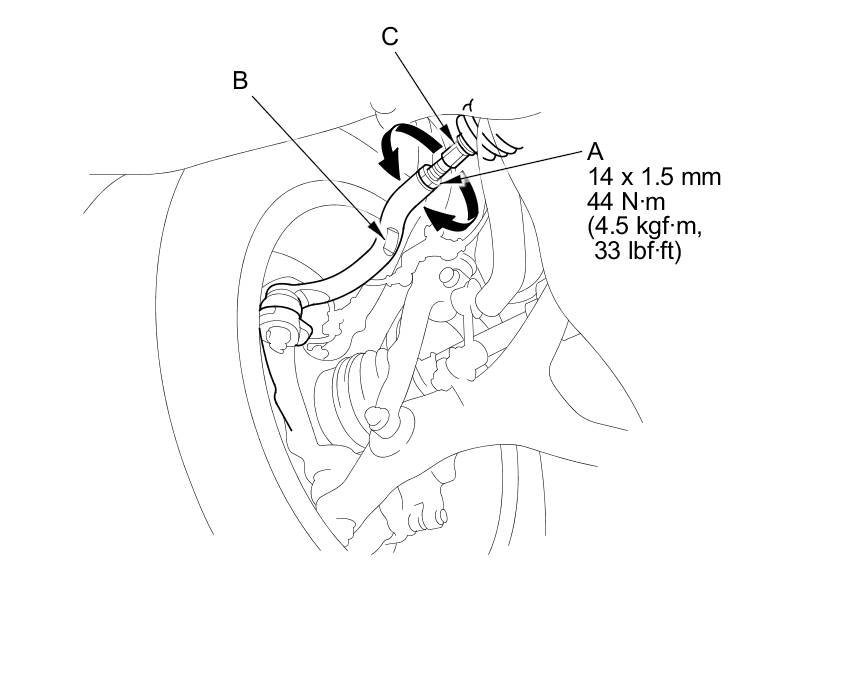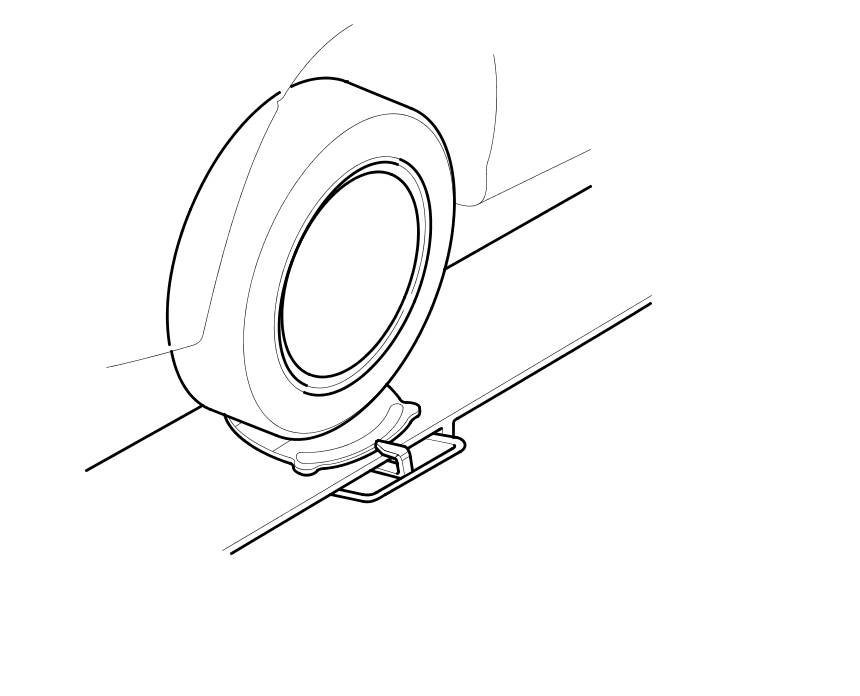Hi,
The only thing adjustable on the rear is the toe. The idea of a thrust angle alignment is simply to confirm the rear axle is parallel to the front axle. When I do them, I always start by confirming rear toe and then move to the front. Actually, that is what is recommended by most.
Here are the directions. The attached pics correlate with the directions.
___________________________________
2012 Honda Accord L4-2.4L
Wheel Alignment
Vehicle Steering and Suspension Alignment Service and Repair Procedures Wheel Alignment
WHEEL ALIGNMENT
Wheel Alignment
The suspension can be adjusted for front and rear toe.
Pre-Alignment Checks
For proper inspection and adjustment of the wheel alignment, do these checks:
1. Release the parking brake to avoid an incorrect measurement.
2. Make sure the suspension is not modified.
3. Make sure the fuel tank is full, and that the spare tire, the jack, and the tools are in place on the vehicle.
4. Check the tire size and tire pressure.
Pic 1
pic 2
pic 3
pic 4
5. Check the runout of the wheels and tires See: Wheels > Component Tests and General Diagnostics > Wheel Runout Inspection.
6. Check the suspension ball joints (Raise and support the vehicle. Hold a tire with your hands, and move it up and down and right and left to check for movement).
Pic 5
7. Before doing alignment inspections, be sure to remove all extra weight from the vehicle, and no one should be inside the vehicle (driver or passengers).
8. Lower the vehicle to the ground. Bounce the vehicle up and down several times to stabilize the suspension.
9. Check that the steering column is set at the center tilt position and the center telescopic position.
Caster Inspection
Use commercially available computerized four wheel alignment equipment to measure wheel alignment (caster, camber, toe, and turning angle). Follow the equipment manufacturer's instructions.
1. Check the caster angle.
Pic 6
- If the measurement is within specifications, measure the camber angle.
- If the measurement is not within specifications, check for bent or damaged suspension components.
Camber Inspection
Use commercially available computerized four wheel alignment equipment to measure wheel alignment (caster, camber, toe, and turning angle). Follow the equipment manufacturer's instructions.
1. Check the camber angle.
Camber angle:
pic 7
- If the measurement is within specifications, measure the toe-in.
- If the measurement is not within specifications, check for bent or damaged suspension components.
Rear Toe Inspection/Adjustment
Use commercially available computerized four wheel alignment equipment to measure wheel alignment (caster, camber, toe, and turning angle). Follow the equipment manufacturer's instructions.
NOTE: Do the rear toe inspection/adjustment before the front toe inspection/adjustment.
1. Release the parking brake to avoid an incorrect measurement.
2. Check the toe.
Pic 8
- If adjustment is required, go to step 3.
- If no adjustment is required, go to front toe inspection/adjustment.
3. Hold the adjusting bolt (A) on the rear control arm (B), and loosen the self-locking nut (C).
Pic 9
4. Replace the self-locking nut with a new one, and lightly tighten it.
NOTE: Always use a new self-locking nut whenever it has been tightened to the specified torque.
5. Adjust the rear toe by turning the adjusting bolt until the toe is correct.
6. Tighten the self-locking nut while holding the adjusting bolt to the specified torque.
Front Toe Inspection/Adjustment
Use commercially available computerized four wheel alignment equipment to measure wheel alignment (caster, camber, toe, and turning angle). Follow the equipment manufacturer's instructions.
NOTE: Do the rear toe inspection/adjustment before the front toe inspection/adjustment.
1. Set the steering column to the middle tilt position and telescopic positions. Center the steering wheel spokes, and install a steering wheel holder tool.
2. Check the toe with the wheels pointed straight ahead.
Pic 10
- If adjustment is required, go to step 3.
- If no adjustment is required, remove the alignment equipment.
3. Loosen the tie-rod end locknuts (A) while holding the flat surface sections (B) of the tie-rod end with a wrench, and turn both tie-rods (C) until the front toe is within specifications.
Pic 11
4. After adjusting, tighten the tie-rod end locknuts to the specified torque. Reposition the rack-end boot if it is twisted or displaced.
Turning Angle Inspection
Use commercially available computerized four wheel alignment equipment to measure wheel alignment (caster, camber, toe, and turning angle). Follow the equipment manufacturer's instructions.
1. Turn the wheel right and left while applying the brake, and measure the turning angle of both wheels.
Turning angle:
pic 12
pic 13
2. If the measurement is not within the specifications, even up both sides of the tie-rod threaded section length while adjusting the front toe. If it is correct, but the turning angle is not within the specifications, check for bent or damaged suspension components.
____________________
Let me know if this helps.
Joe
Images (Click to make bigger)
Thursday, October 8th, 2020 AT 5:01 PM
